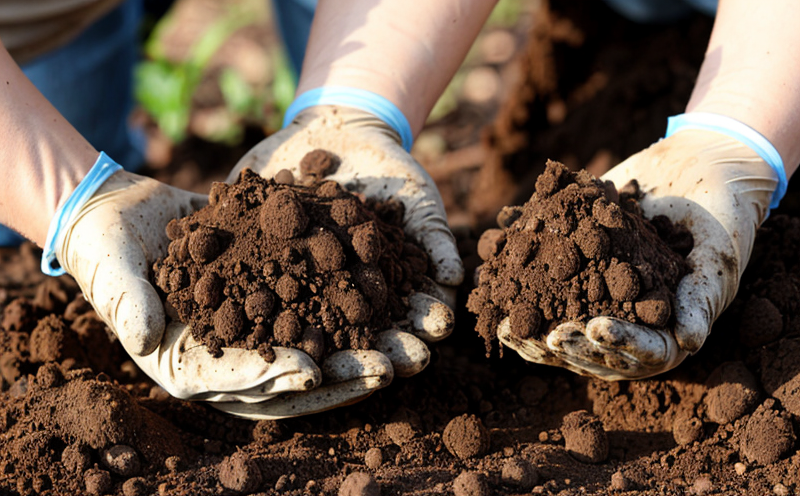ISO 17601 DNA Extraction for Soil Microbial Community Testing
The ISO 17601 standard provides a comprehensive framework for extracting and analyzing DNA from soil to assess microbial community structure. This service is critical in understanding the diversity, abundance, and functional potential of soil microbiomes, which play a vital role in ecosystem health, agricultural productivity, and environmental sustainability.
Soil microbial communities are complex ecosystems that influence nutrient cycling, pollutant degradation, and plant growth. Accurate DNA extraction is essential for reliable analysis using techniques such as sequencing or quantitative PCR (qPCR). This service ensures the integrity of your samples through rigorous quality control measures and adherence to international standards.
The process begins with careful sample collection from diverse locations within a site. Proper handling and preservation are critical to avoid contamination, ensuring accurate representation of the microbial community. Once collected, samples undergo initial processing steps like freezing or desiccation followed by mechanical disruption using appropriate equipment such as mortar and pestle or bead-beating tubes.
Following extraction, DNA quality is assessed via spectrophotometry or fluorometry to ensure sufficient yield and purity for downstream applications. The extracted DNA can then be used in various analyses depending on your specific needs:
- Sequencing: Identifying the diversity of microbial taxa present
- qPCR: Measuring gene expression levels or community composition
- Metagenomics: Investigating functional genes involved in key processes
The results provide valuable insights into how soil health impacts broader ecological systems. This knowledge is increasingly important for developing sustainable agricultural practices, managing contaminated sites, and mitigating climate change effects.
| Component | Description |
|---|---|
| Sample Collection | Involves selecting representative points across the study area, considering factors like depth and soil type. |
| Preservation | Maintains sample integrity until processing can be conducted under controlled conditions. |
| DNA Extraction Protocol | Utilizes methodologies outlined in ISO 17601, ensuring consistent results across multiple samples. |
In addition to the extraction process itself, our service includes thorough quality checks at every stage. This ensures that only high-quality DNA is used for downstream analyses, leading to more reliable and reproducible findings.
Scope and Methodology
| Step | Details |
|---|---|
| Sample Preparation | Includes freezing, desiccation, and mechanical disruption using mortar and pestle or bead-beating tubes. |
| DNA Extraction | Employing a modified CTAB (cetyltrimethylammonium bromide) method as per ISO 17601, optimizing for soil matrix. |
| DNA Quality Control | Spectrophotometric and fluorometric measurements to ensure proper yield and purity. |
The ISO 17601 standard is designed to minimize biases associated with DNA extraction, allowing for accurate representation of the soil microbial community. Our lab adheres strictly to this protocol, ensuring consistent outcomes across all projects.
Eurolab Advantages
Our expertise lies in providing top-tier services backed by extensive experience and cutting-edge technology. With state-of-the-art facilities and highly trained personnel, we ensure that each project receives personalized attention tailored to its unique requirements.
- Comprehensive Expertise: Our team consists of experienced scientists specializing in soil microbiology with a deep understanding of the latest research trends.
- Accurate Results: Rigorous quality control measures and strict adherence to international standards guarantee precision and reliability.
- Fast Turnaround Time: Leveraging advanced techniques, we can deliver results swiftly while maintaining high-quality standards.
International Acceptance and Recognition
The ISO 17601 standard has gained widespread acceptance across numerous industries due to its robustness and accuracy. It is particularly valued by:
- Agricultural producers seeking sustainable practices
- Environmental consultants addressing contamination issues
- Academics conducting ecological research
- Government agencies monitoring soil health





